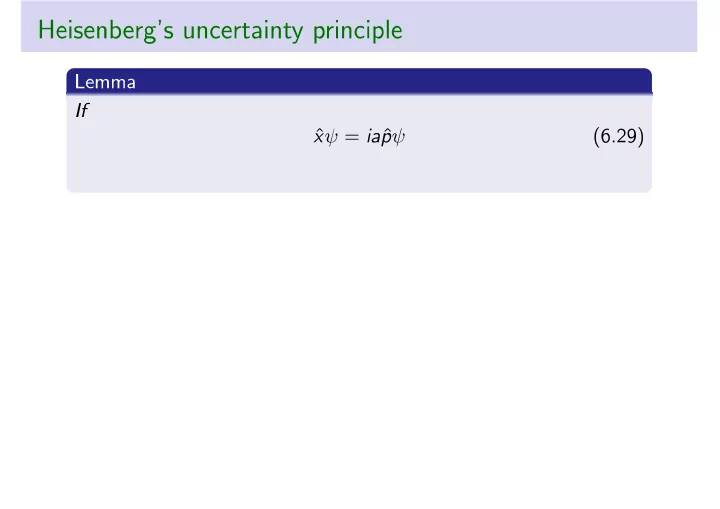

Correction: the condition (6.29) holds for any function of this form, regardless of whether b and C are positive. However, it only defines a normalisable wavefunction for positive b and nonzero C.
Gaussian wavepackets are the minimum uncertainty states with <x>=<p>=0. With a bit more algebra one can generalise this to nonzero expectation values.
position space wave Fourier expansion in function narrowly peaked momentum widely spread
Check this step
So the average behaviour predicted by quantum mechanics is consistent with classical mechanics for macroscopic systems. If that were not true, we should be able to detect discrepancies with classical mechanics, even for large objects, without doing complicated interference experiments. For example, if the average energy for some quantum system was not conserved, we should be able to build an energy source or sink by making lots of copies of that system and letting it evolve.
Note that Ehrenfest's theorem shows that expectation values follow equations analogous to classical laws, but does not describe the behaviour of uncertainties, which have no real classical analogue. For example, the uncertainty in position typically increases with time:
Consider the quantum harmonic oscillator:
We get the same equations as those for x,p for the classical harmonic oscillator. (Particular fact about the harmonic oscillator: not true for general potentials.)
https://www.youtube.com/watch?v=1fMi1nriS8Q For another interesting example where Ehrenfest's theorem leads to simple equations of motion for the expectation values, consider a linear potential V(x) = Ax
Recommend
More recommend